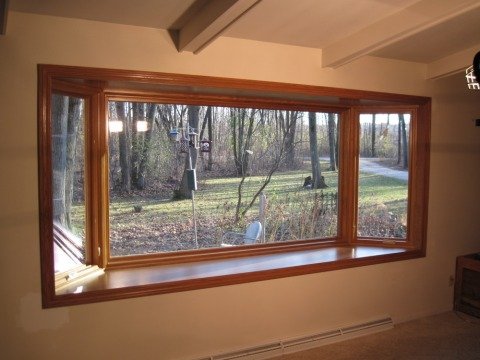This is one of those years where winter has outdone itself. Thought it couldn’t get any colder? It can. Think it can’t get any windier? Mother Nature’s response is a resounding “yes.”
The outside temperatures can be quite chilling. When the cold is felt on the inside, there aren’t enough blankets and space heaters to warm your chilly home (and not enough money to pay your rising utility bills!) To top it off, many homeowners don’t want to use space heaters because of the cost, floor space, and concerns about the risk of fire. That’s why we’ve put together a list of ways to warm up your home—without buying more space heaters and blankets.
Seal cracks
A drafty room is a cold room. Often, drafts can come around windows and doors; the easy way to solve this problem is to caulk windows and install weatherproofing around doors. If you don’t know where to start (or what kind of caulk to use), contact a contractor to locate the source of the draftiness and block the cold drafts.
Replace drafty windows
Every old window eventually needs to be replaced. Rotting wood, broken panes and seals, and damaged hardware are all reasons to consider replacing old windows. Some of the signs of worn windows are obvious, such as mold in between the panes. Other windows issues are not visible, but you can feel the cold air.
One of the easiest ways to tell if windows are drafty is to do the candle test. Hold a candle in front of the window. If you can see the candle flickering, call a contractor to inspect the windows.
Add insulation
Every home should be properly insulated during the building process. If they are not, or if the insulation has settled over time, rooms can start to feel cold. Improper insulation can also increase utility bills and compromise the overall efficiency of the home.
If the issue is in the attic, the homeowner or contractor can get to the attic through a door and gauge the level of insulation. When the attic insulation is low, insulation can easily be added to warm up the home by the homeowner or by a skilled contractor.

